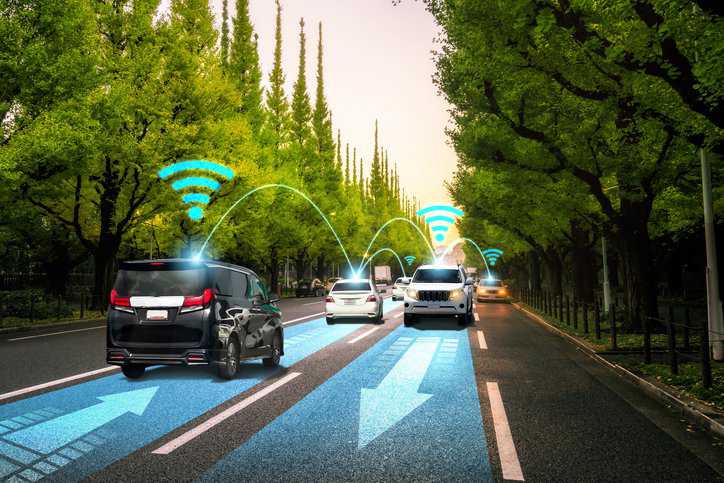ANSI/IES LP-9-20: Commercial And Industrial Facilities
The average American spends as much as 90% of their time inside—mostly at work. As such, ensuring that buildings are healthy is critical for the well-being…

The average American spends as much as 90% of their time inside—mostly at work. As such, ensuring that buildings are healthy is critical for the well-being…

Industry 5.0 is the first industrial evolution ever led by humans. It recovers the missing link between nature and human made ecosystems. What Is Industry…

Wind energy in the United States helps avoid 336 million metric tons of carbon dioxide emissions annually—equivalent to the emissions from 73 million cars. Further, wind…

The lithium-ion battery was first proposed by university researchers in England and Japan in the 1980s. However, it did not become commercially available until the Sony…

Using oxo-biodegradable technology can prevent future contributions to the accumulation of plastic waste that has escaped into the environment. Oxo-biodegradable plastic serves as a solution…

Electrostatics is a major concern of spacecraft technology. Since space is filled with hot and low-density plasma that builds up high differential voltages, electrostatic discharge…

The concept of transferring power without wires has been around since the late 1890s. Nikola Tesla was able to light electric bulbs wirelessly at his…

What Is Amazon’s Climate Pledge Friendly? Amazon’s Climate Pledge Friendly is part of the organization’s “commitment to preserving the natural world.” It utilizes established product…

In one year, a mature tree will absorb more than 48 pounds of carbon dioxide (CO2) from the atmosphere. By storing that carbon, a forest…